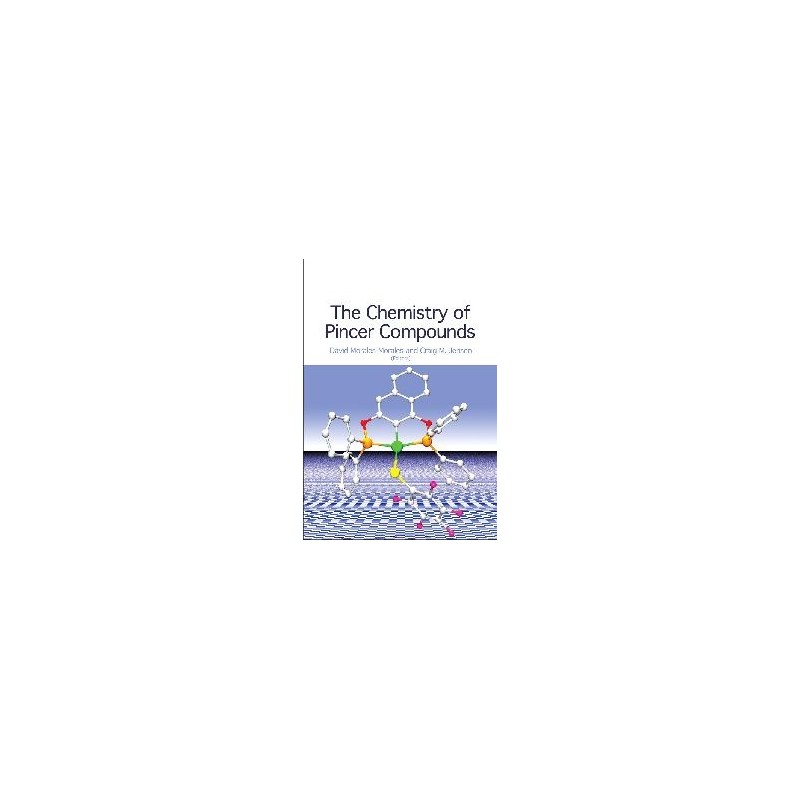- Obecnie brak na stanie




darmowa wysyłka na terenie Polski dla wszystkich zamówień powyżej 500 PLN

Jeśli Twoja wpłata zostanie zaksięgowana na naszym koncie do godz. 11:00

Każdy konsument może zwrócić zakupiony towar w ciągu 14 dni bez zbędnych pytań
350-Piece Jumper Wire Kit without Case
Brak towaru
HK BMS-L530MG 1/5 Scale Servo 19.8kg / .15sec / 140.5g (8740)
Brak towaru
Miernik cęgowy UT207 przeznaczony jest do pomiaru prądu przemiennego i stałego do 1000 A, napięcia przemiennego i stałego, rezystancji oraz częstotliwości. Wyposażony jest w funkcję Hold,True RMS oraz automatyczną zmianę zakresów. Uni-T UT207
Brak towaru
Brak towaru
Brak towaru
Brak towaru
Hans-Jürgen Riehl, Anton Herner
Brak towaru
Brak towaru
4-kanałowy analizator stanów logicznych ScanaQuad o częstotliwości próbkowania 25 MHz, do 256000 próbek na kanał, napięcie wejściowe 0..5,5 V. ScanaQuad ma możliwość generowania przebiegów logicznych. Współpracuje z systemami Windows, OS X oraz Linux
Brak towaru
Brak towaru
Brak towaru
Brak towaru
Pakiet NiMH składający się z ogniw NiMH AAA o sumarycznym napięciu 6,0 V oraz pojemności 350 mAh. Konfiguracja ogniw 3+2. Posiada konektror JR, 3-pin żeński, wymiary: 31 x 20 x 31mm, waga: 37,70g. Pololu 2244
Brak towaru
Brak towaru
Brak towaru
Brak towaru

